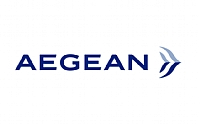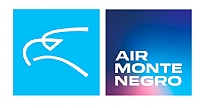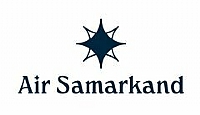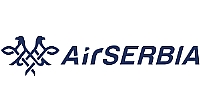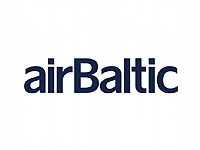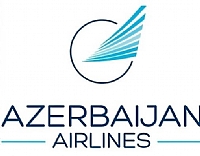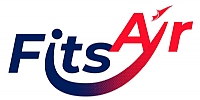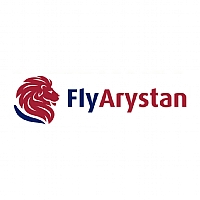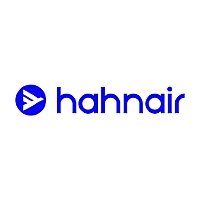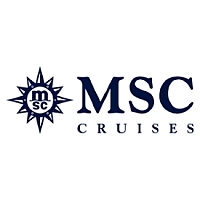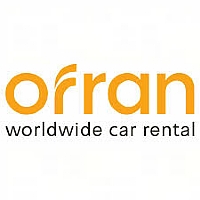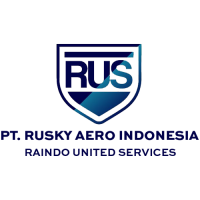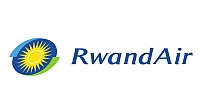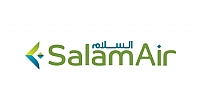Cathay Pacific Announces 2012 Annual Results

| Results | 2012 | 2011 | Change | |
| Turnover | HK$ million | 99,376 | 98,406 | +1.0% |
| Profit attributable to the owners of Cathay Pacific | HK$ million | 916 | 5,501 | -83.3% |
| Earnings per share | HK$ cents | 23.3 | 139.8 | -83.3% |
| Dividend per share | HK$ | 0.08 | 0.52 | -84.6% |
The Cathay Pacific Group reported an attributable profit of HK$916 million for 2012 – an 83.3% fall compared to the profit of HK$5,501 million reported for 2011. Earnings per share fell by 83.3% to HK23.3 cents. Turnover for the year increased by 1.0% to HK$99,376 million.
In 2012 the Group’s core business was adversely affected by the high price of jet fuel, pressure on passenger yields and weak air cargo demand. Economic uncertainty, particularly in the Eurozone countries, and an increasingly competitive environment added to the difficulties. It was a challenging year for the aviation industry generally. The Group’s share of profits from associated companies, including Air China, showed a marked decline.
Passenger revenue for the year was HK$70,133 million, an increase of 3.5% compared to 2011. Capacity increased by 2.6%. The two airlines carried a total of 29.0 million passengers in 2012, up 5.0% on the previous year. The passenger load factor fell by 0.3 percentage points. Yield increased by 1.2% to HK67.3 cents, largely due to higher fuel surcharges consequent upon a 1.7% increase in average fuel prices. Uncertain economic conditions and strong competition on key routes put pressure on yields while premium class yields were affected by travel restrictions imposed by corporations. The high cost of fuel made it more difficult to operate profitably, particularly on long-haul routes operated by older, less fuel-efficient aircraft.
The Group’s cargo revenue in 2012 was HK$24,555 million, a decrease of 5.5% compared to 2011. Yield for Cathay Pacific and Dragonair remained the same as last year at HK$2.42. Capacity was down by 3.1% while the cargo load factor dropped by 3.0 percentage points to 64.2%. The airlines’ cargo business was affected by weak demand in major markets, particularly from Asia to Europe. Demand for shipments from the two key markets of Hong Kong and Mainland China, was well below expectations, although there were short-term upturns in March and in the last quarter. Capacity was adjusted in line with demand.
Fuel remained the most significant cost. Throughout much of 2012, fuel prices were at sustained high levels and this had a major impact on operating results. The Group’s fuel costs (disregarding the effect of fuel hedging) increased by 0.8% compared to 2011. Fuel accounted for 41.1% of total operating costs – a decrease of 0.4 of a percentage point from the previous year. Managing the risk associated with high and sometimes volatile fuel prices remains a key challenge. The Group took advantage of a reduction in fuel prices in May and June to do more hedging with a view to mitigating the impact of future fuel price increases.
In May 2012, Cathay Pacific announced measures designed to protect its business in an environment of high fuel prices and weak revenues. These measures included the accelerated retirement of the less fuel-efficient Boeing 747-400 passenger aircraft; the withdrawal from service of four Boeing 747-400BCF converted freighters; and an adjustment of schedules and reduced capacity on some long-haul routes. At the same time as addressing the challenges to its business, the Cathay Pacific Group kept a clear focus on its key strategic goals: developing its network and its Hong Kong base; maintaining and enhancing the quality of its services; strengthening its relationship with Air China; and maintaining a prudent approach to financial risk management.
The airline continued with its major investments in new aircraft and new products, and opened its own cargo terminal at Hong Kong International Airport in February 2013. Despite the need to adjust schedules in 2012 in light of the challenging business environment and the high cost of fuel, the Group remained committed to maintaining the integrity of its network. On the passenger side, Cathay Pacific added frequencies on routes to India, Japan, Malaysia, Singapore, Taiwan, Thailand and Vietnam and introduced a new service to Hyderabad in India last year. Dragonair added frequencies on routes to secondary cities in Mainland China and introduced or resumed flights to eight destinations in 2012. In the first quarter of 2013, Dragonair is launching another four new destinations. On the cargo side, Cathay Pacific introduced freighter services to Zhengzhou, Hyderabad and Colombo last year.
The upgrading of the Cathay Pacific and Dragonair fleets continued in 2012, with 19 new aircraft received. As at 31 December 2012, the Group had 92 aircraft on order for delivery up to 2020. An order was placed for six Airbus A350-900 aircraft in January 2012. In August the Group ordered 10 Airbus A350-1000 aircraft and converted an existing order for 16 Airbus A350-900 aircraft into an order for 16 Airbus A350-1000 aircraft. In March 2013, Cathay Pacific entered into an agreement with The Boeing Company under which it agreed to buy three Boeing 747-8F freighter aircraft and cancel the agreement to purchase eight Boeing 777-200F freighters that was entered into in August 2011. Under the agreements, the Company also acquired options to purchase five Boeing 777-200F freighters and The Boeing Company agreed to purchase four Boeing 747-400BCF converted freighters, which were taken out of service in 2012 and early 2013. The transaction is part of a package of transactions between the Group, The Boeing Company, Air China Cargo Co., Ltd and Air China Limited.
In an increasingly competitive environment it is crucial to maintain and develop passenger loyalty by providing high quality products and services. This remains a key focus of the Cathay Pacific Group. To this end, Cathay Pacific has introduced a new Premium Economy Class product, a new long-haul Economy Class seat and a new Regional Business Class seat. The airline’s long-haul Business Class was named World’s Best Business Class in 2012 at the World Airline Awards run by Skytrax. Dragonair will also get new Business Class and Economy Class seats from March 2013. On the ground, refurbishment of the Level 7 Business Class Lounge in The Wing at Hong Kong International Airport was completed in January 2012 and the First Class Lounge was reopened in February 2013. In August 2012, Cathay Pacific opened a new lounge in Paris.




















